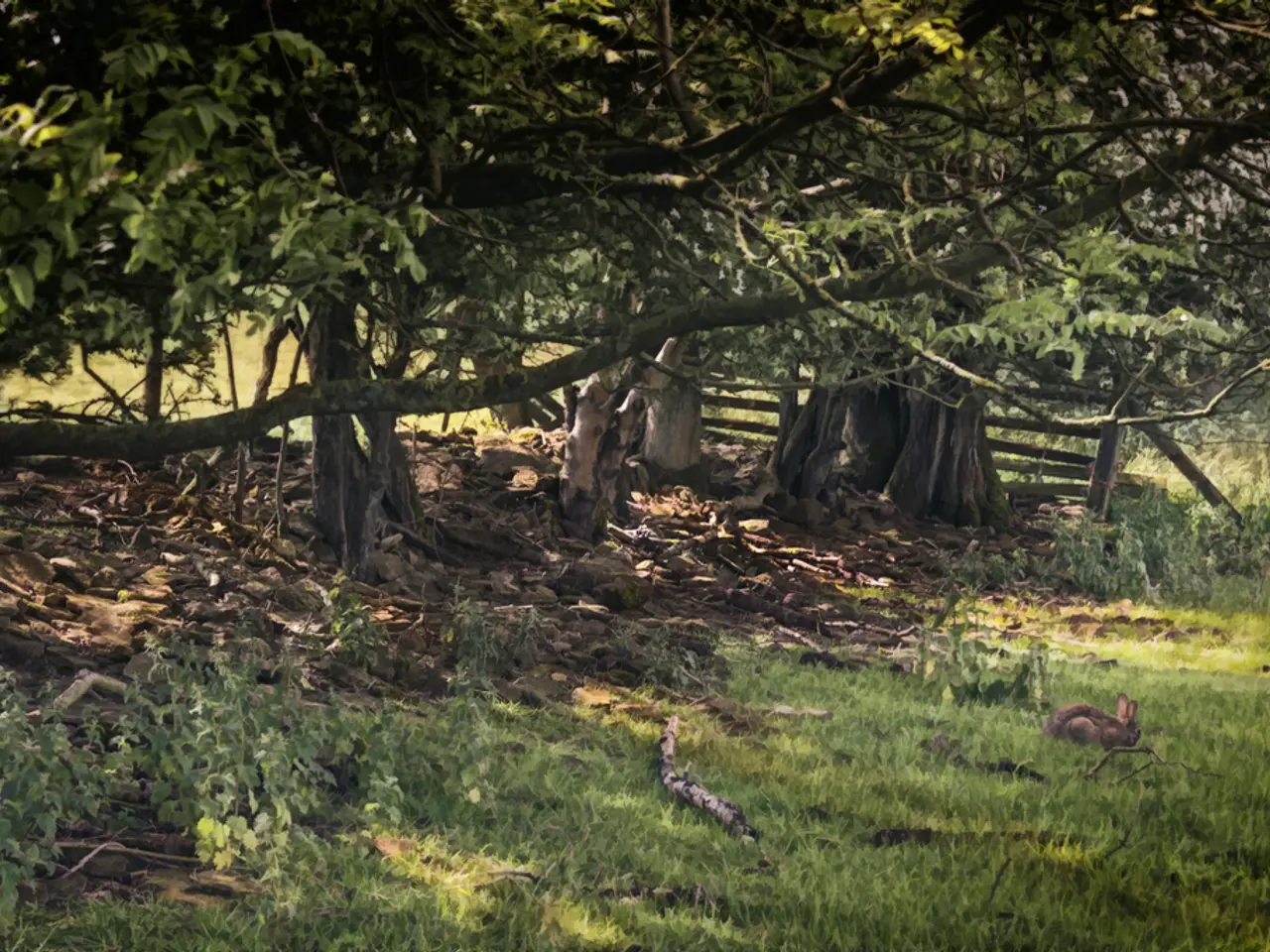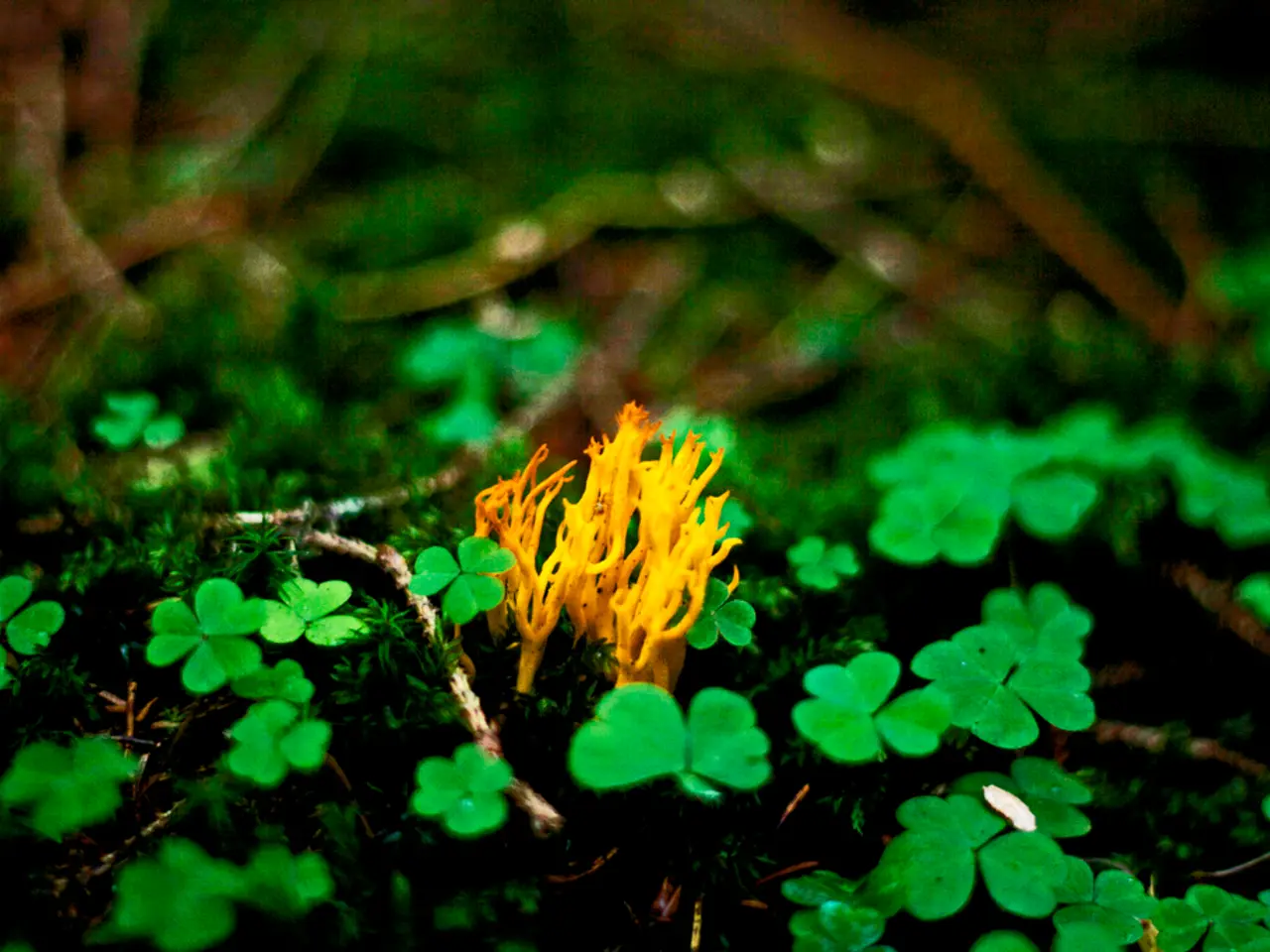Monkeys of Distinct Varieties Scaling Arboreal Heights Across the Globe
Enjoy a tour through the diverse world of primates, focusing on some of the most captivating monkey species found across the Earth.
The two main groups of monkeys are Old World monkeys and New World monkeys, each characterized by distinct habitat preferences, social behavior, and physical traits.
Old World monkeys can be found in Africa and Asia, inhabiting a broad range of environments, from savannas and open woodlands to tropical rainforests. In contrast, New World monkeys originate from Central and South America, mainly residing in dense tropical forests.
One crucial difference between Old and New World monkeys lies in their social structures. Old World monkeys usually live in large, multi-male, multi-female groups with well-defined hierarchies, whereas New World monkeys exhibit a variety of social structures, with smaller group sizes and less rigid hierarchies when compared to their Old World counterparts.
Communication and tool use are typically more advanced in Old World monkeys; however, both groups engage in grooming, vocalization, and group living.
Physical differences exist between Old and New World monkeys, as well. Old World monkeys have narrow, downward-facing nostrils and non-prehensile tails, while New World monkeys possess broad, outward-facing nostrils and often prehensile tails, which aid in climbing and grasping objects.
Without further ado, let's delve into some of the most fascinating monkey species on the planet.
Spider Monkeys
Native to Central and South America, spider monkeys (such as the Geoffroy's spider monkey and black-handed spider monkey) are highly agile climbers renowned for their long limbs and powerful prehensile tails. These New World monkeys make their home in the canopies of tropical forests, where they forage and socialize in large groups.
Squirrel Monkeys
Tiny but lively, squirrel monkeys (like the Central American squirrel monkey and bare-eared squirrel monkey) are known for their expressive faces and vocalizations. Originating from Central and South America, they inhabit primary and secondary forests, often living in large, dynamic troops.
Capuchin Monkeys
Intelligent Capuchin monkeys (including the bearded capuchin) are widely studied for their tool use and thrive in varied habitats across South America. They feed on fruits, insects, and even bird eggs.
Howler Monkeys
With their deep, resonant calls that can travel across vast distances, howler monkeys (native to South and Central America) are famous for marking territory and keeping groups connected in the dense jungle.
Colobus Monkeys
Colobus monkeys (including the black and white colobus and Tana River red colobus) are Old World monkeys native to Africa. They are recognized for their leaf-heavy diet, lack of thumbs, and ability to move effortlessly through the treetops.
Golden Lion Tamarin
Bright and beautiful, the golden lion tamarin (inhabiting Brazil's Atlantic coastal forests) is a threatened species that has caught the attention of global conservation efforts. Related species, such as the black lion tamarin, are also endemic to South America.
Snub-nosed Monkeys
Residing in China, golden snub-nosed monkeys and other snub-nosed monkey species are characterized by white fur, flattened faces, and unique group behavior, making them distinctive among the world's monkey species.
Japanese Macaques
A well-known example of primates adapting to extreme climates, Japanese macaques (or snow monkeys) are famed for bathing in hot springs. They inhabit a range of habitats, from subtropical forests to mountainous regions, making them the northernmost living monkey species.
Titi Monkeys
Titi monkeys, native to South America, receive attention for their pair bonding and tail intertwining. They play an essential role in seed dispersal and maintaining biodiversity within gallery forests.
Blue Monkeys
Spotting blue-gray coloring and expressive faces, blue monkeys can be found in several African habitat types, including tropical mountain forests and lowland forests, mangroves, bamboo forests, and delta forests.
Mona Monkeys
Consisting of various species, such as the Crested mona monkey and Campbell's mona monkey, Mona monkeys are Old World monkeys generally inhabiting central Africa. The greater spot-nosed monkey and Diana monkey are also part of this group.
Patas Monkeys
Patas monkeys are ground-dwelling Old World monkeys known for their long limbs and ground speed. Inhabiting open savannas and woodlands, they contrast other arboreal monkeys with their terrestrial habits.
Proboscis Monkeys
Distinctive for their large, pendulous noses and swimming skills, proboscis monkeys are endemic to Borneo. Found in swamp forests and riverine areas, they are a unique sight in their natural habitat.
Owl Monkeys
Also known as night monkeys or three-striped night monkeys, owl monkeys are the only truly nocturnal monkeys, with large eyes adapted for night vision. They reside in Central and South America's forested regions.
Pygmy Marmosets
The Eastern pygmy marmoset, inhabiting the western Amazon Basin in South America, is one of the world's smallest primates. Living in family groups and dwelling in the forest canopy, they feed on tree sap and insects.
- In the realm of science and environment, these fascinating monkey species provide significant contributions to our understanding of primate behavior and evolution.
- The distinct habitats they inhabit span various environments, from the lush home-and-garden of tropical forests to the more extreme climates, such as the cold spaces of Japan's mountains.
- The lifestyle of these captivating creatures plays essential roles within their environments, influencing the balance of the ecosystem by controlling pests, dispersing seeds, and maintaining biodiversity.
- Adopting technology from their natural surroundings, some monkeys demonstrate remarkable skills in tool use and problem-solving, showcasing how even our fellow primates can harmonize with the latest scientific advancements.








